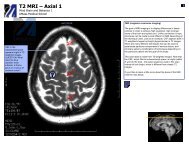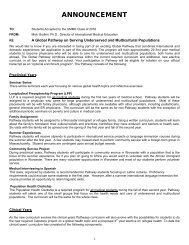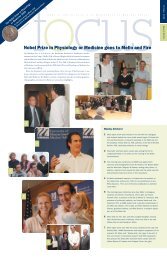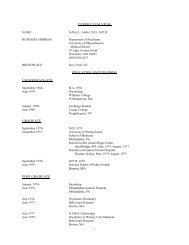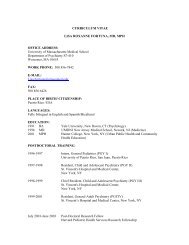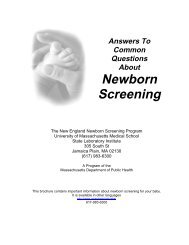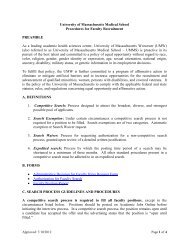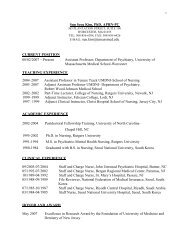Anger Management Manual - the ATTC Network
Anger Management Manual - the ATTC Network
Anger Management Manual - the ATTC Network
You also want an ePaper? Increase the reach of your titles
YUMPU automatically turns print PDFs into web optimized ePapers that Google loves.
<strong>Anger</strong> <strong>Management</strong> for Substance Abuse and Mental Health Clients<br />
and progressive muscle relaxation. Fur<strong>the</strong>r explain that experience shows that group members<br />
are more likely to use <strong>the</strong>se simple forms of relaxation.<br />
Check-In Procedure<br />
Ask group members to report <strong>the</strong> highest level of anger <strong>the</strong>y reached on <strong>the</strong> anger meter<br />
during <strong>the</strong> past week. Make sure <strong>the</strong>y reserve <strong>the</strong> number 10 for situations where <strong>the</strong>y lost<br />
control of <strong>the</strong>ir anger and experienced negative consequences. Ask <strong>the</strong>m to describe <strong>the</strong><br />
anger-provoking event that led to <strong>the</strong>ir highest level of anger. Help <strong>the</strong>m identify <strong>the</strong> cues that<br />
occurred in response to <strong>the</strong> anger-provoking event, and help <strong>the</strong>m classify <strong>the</strong>se cues into <strong>the</strong><br />
four cue categories.<br />
Exhibit 3. Event, Cues, and Strategies Identified<br />
During <strong>the</strong> Check-In Procedure<br />
Event Cues Strategies<br />
Suggested Remarks<br />
(Use <strong>the</strong> following script or put this in your own words.)<br />
<strong>Anger</strong> Control Plans<br />
Up to this point, you have been focusing on how to monitor your anger. In <strong>the</strong> first session, you<br />
learned how to use <strong>the</strong> anger meter to rate your anger. Last week, you learned how to identify<br />
<strong>the</strong> events that trigger anger, as well as <strong>the</strong> physical, behavioral, emotional, and cognitive cues<br />
associated with each event. Today, you will begin to discuss how to develop an anger control<br />
plan and how you can use specific strategies, such as timeouts and relaxation, to control your<br />
anger. In later sessions, you will cover o<strong>the</strong>r strategies, such as learning to change negative or<br />
hostile self-talk and using <strong>the</strong> Conflict Resolution Model (see page 39). These more advanced<br />
strategies can be used along with timeouts and relaxation.<br />
22





